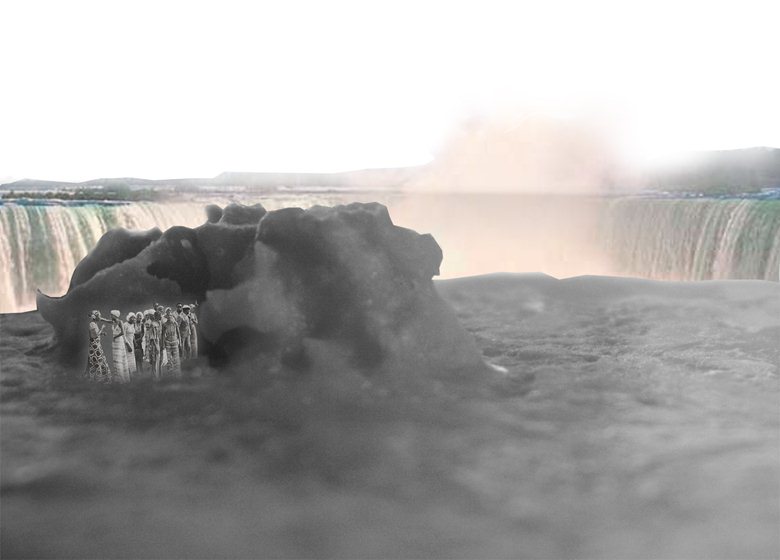Erosion at the base of niagara falls has caused the falls to recede approximately seven miles over the past 10 000 years

Erosion at the Base of Niagara Falls: A Natural Wonder Shaped by Time

Over the past 10,000 years, the iconic Niagara Falls has undergone a breathtaking transformation. Erosion, the gradual wearing away of rock and sediment, has played a significant role in shaping this natural wonder into what we see today. In fact, the relentless forces of erosion have caused the falls to recede approximately seven miles, leaving an indelible mark on the landscape.
Located on the border of the United States and Canada, Niagara Falls is renowned for its awe-inspiring beauty and thundering cascades. However, beneath its surface lies a complex geological history dating back thousands of years. Understanding the erosive processes that have shaped the falls is crucial to appreciating this mesmerizing spectacle that attracts millions of visitors each year.
Erosion occurs primarily at the base of the falls, where the powerful force of the plunging water wears away the underlying rock. Over time, this constant flow of water has carved out a deep gorge, known as the Niagara Gorge, extending downstream from the falls. This process is a captivating display of the transformative power of nature.

The erosion of Niagara Falls is the result of a variety of factors, including the type of rock present and the force of the water. The majority of the falls consist of a hard dolomite limestone cap, which is more resistant to erosion. However, the underlying layers of softer shale and sandstone are more susceptible to the forces of nature. As the water erodes the weaker layers, the hard caprock overhangs, creating the dramatic vertical drop that characterizes Niagara Falls.
The process of erosion is ongoing, albeit at a much slower rate than in the past. It is estimated that the falls currently erode at a rate of approximately one foot per year. While this may seem insignificant, it highlights the continued impact of erosion on this natural wonder. Over time, this gradual wear and tear will eventually change the face of the falls, albeit on a geological timescale.
The significance of erosion in the Niagara region goes beyond the aesthetic beauty of the falls themselves. The erosive processes occurring at the base of the falls play a crucial role in shaping the surrounding landscape and ecosystem. The shifting patterns of sediment contribute to the formation of islands, deposition of sediments, and the creation of unique habitats for a variety of plant and animal species.
In conclusion, the erosion at the base of Niagara Falls has been instrumental in shaping this iconic natural wonder into what it is today. Over the past 10,000 years, this relentless force of nature has caused the falls to recede approximately seven miles and has left behind a breathtaking gorge. As we marvel at the splendor of Niagara Falls, let us also appreciate the enduring power of erosion and its transformative impact on our world.
Source: Niagara Falls Info
Related Posts
Quick Links
Legal Stuff

